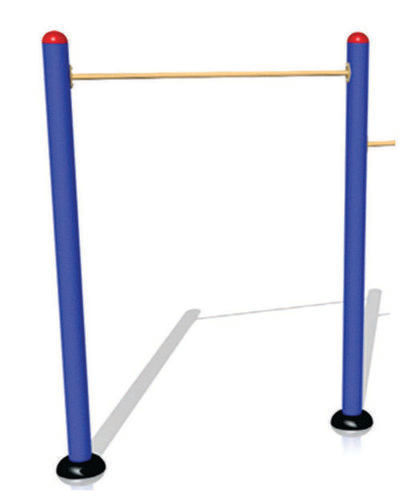ROWER DOUBLE
Product Details:
X
Product Description
The Rower Double machine is a gym equipment designed to simulate the rowing motion, providing a full-body cardiovascular and strength training workout. It typically consists of a seat, footrests, a handlebar or oar-like handles, and a resistance system. By mimicking the actions of rowing, this machine engages multiple muscle groups while improving cardiovascular endurance.
Product details
|
Handle |
1/1.25 inch Dia |
|
Pipe Material |
MS |
|
Seat Material |
FRP |
|
Square CRCA Pipe |
2 x 2 Inch |
|
Thickness |
100-110 microns |
|
Surface Treatment |
Powder Coated |
|
Size |
H-3'8", L-7'6", W-2'7" |
FAQs:
Q: What is the Rower Double machine?
A: The Rower Double machine is a gym equipment that replicates the rowing motion. It features a seat, footrests, a handlebar, or oar-like handles, and a resistance system. This machine allows users to perform rowing movements, engaging multiple muscle groups while providing a cardiovascular workout.
Q: How does the Rower Double machine work?
A: The Rower Double machine works by utilizing a combination of the rowing motion and resistance. Users sit on the seat, secure their feet on the footrests, and grasp the handlebar or handles. By pushing with the legs, pulling with the arms, and engaging the core, individuals simulate the actions of rowing. The resistance system provides tension and intensity to challenge the muscles.
Q: Which muscle groups does the Rower Double machine target?
A: The Rower Double machine targets several major muscle groups. The rowing motion engages the muscles of the legs, including the quadriceps, hamstrings, and calves, as well as the muscles of the back, such as the latissimus dorsi, rhomboids, and trapezius. Additionally, the arms, including the biceps and forearms, and the core muscles are also involved in the rowing movement.
Q: How do I use the Rower Double machine?
A: To use the Rower Double machine, adjust the footrests and seat to a comfortable position. Secure your feet in the footrests and grasp the handlebar or handles. Begin the movement by pushing with your legs, extending them while leaning back slightly. Then, pull the handlebar or handles toward your body, retracting your shoulder blades and engaging your back muscles. Reverse the motion to return to the starting position and repeat the movement.
Enter Buying Requirement Details
Other Products in 'Outdoor Fitness Equipment' category
Back to top







